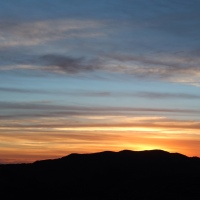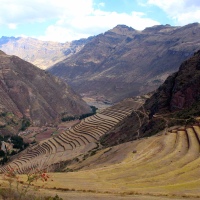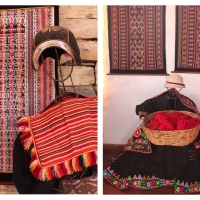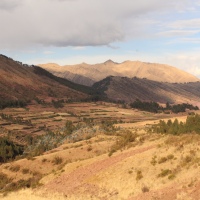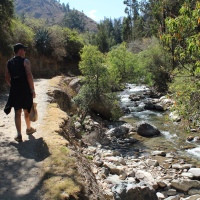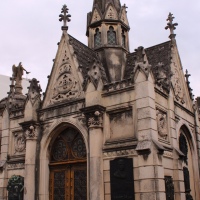I am sitting in the Absence and Memory Room of the Museum of Memory and Human Rights, Santiago. Before me is an array of black and white photographs, arranged like a cloud. Each photograph presents a person that died during the Augusto Pinochet dictatorship, which lasted from 1973 to 1990.
This museum has been established as a collective memory for Chileans, to record and remind of the terrible acts committed during the dictatorship. As a student of human rights and conflict I was very keen to visit this museum and learn more about the events that took place in Chile's very recent history.
All it took was a day. On 11 September 1973 Chile's military attacked the government, actually bombing the government offices with aircraft and taking to Santiago's streets with tanks and soldiers. In the space of 12 hours the government was replaced with a military junta led by General Augusto Pinochet. A State of Siege was declared and a curfew was set that lasted for 15 of the junta's 17 years in power.
The museum doesn't dwell on the motivations behind the coup but as I understand it many Chileans were opposed to the elected government's socialist ideology. Profoundly opposed: testimonials report of neighbours dancing in the streets and drinking champaign in celebration when the junta took over. It is clear that at that time Chile was a heavily divided country.
The junta was brutal in suppressing any perceived political threats to its authority. These 'threats', i.e citizens who opposed the regime, were addressed through executions and a long term campaign of terrorism. National Commissions into the acts of the regime reported 3,185 cases of executions and 'disappearances' during this period. The names of many of the victims are on display through a tasteful exhibition in the centre of the museum, as are their pictures as I mentioned above.
The museum presents an open story for the public, which chronologically presents key events or activities during and after the regime. It can be very confronting but I was impressed that nothing was glossed over. I was inspired by the coverage of the resistance, which described the acts of the churches, women's groups, legal advocates and an alternative press in battling the regime and pushing for change, which was eventually secured with an election in 1989 (Patricio Azocar took office the next year).
I am still confronted by the images of the military attacking their own government and the popular support that act received. How could that ever have happened? Was an election so unreasonable? The demonstration of torture methods and the map of lights revealing over 1,000 detention and torture centres also disturbs me. I am not sure how to speak to Chileans about this but hope to hear some local perspectives on it all.
For those interested in learning more about these times, I strongly recommend a visit. It uses a variety of mediums to communicate the story, including photos, video and audio tours (multiple languages). Entrance is free and two hours is more than enough to get across the detail.
Mark.


